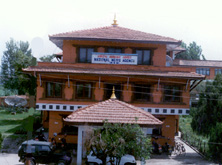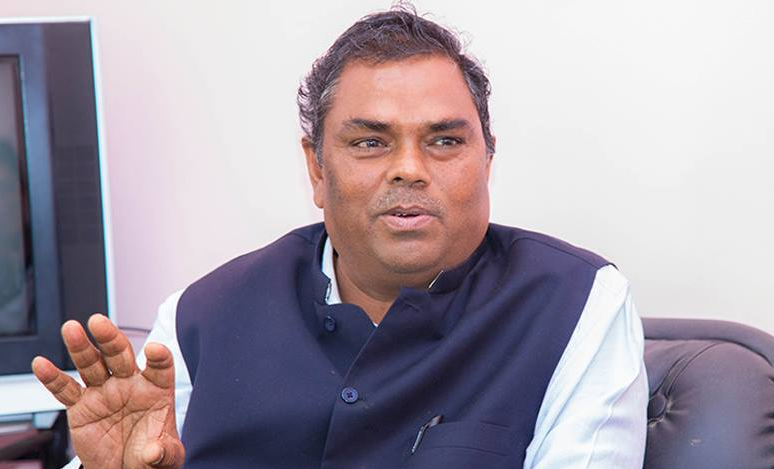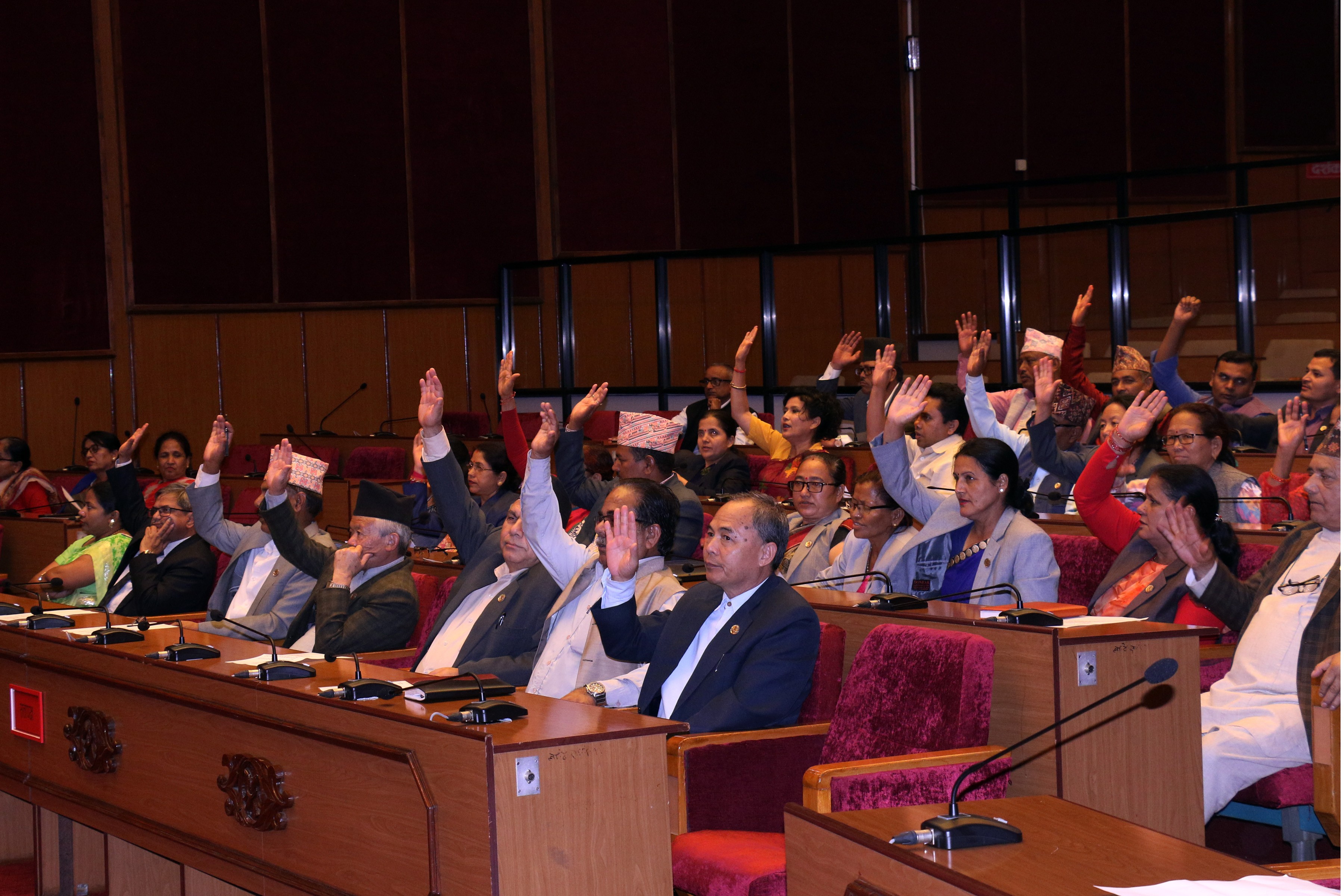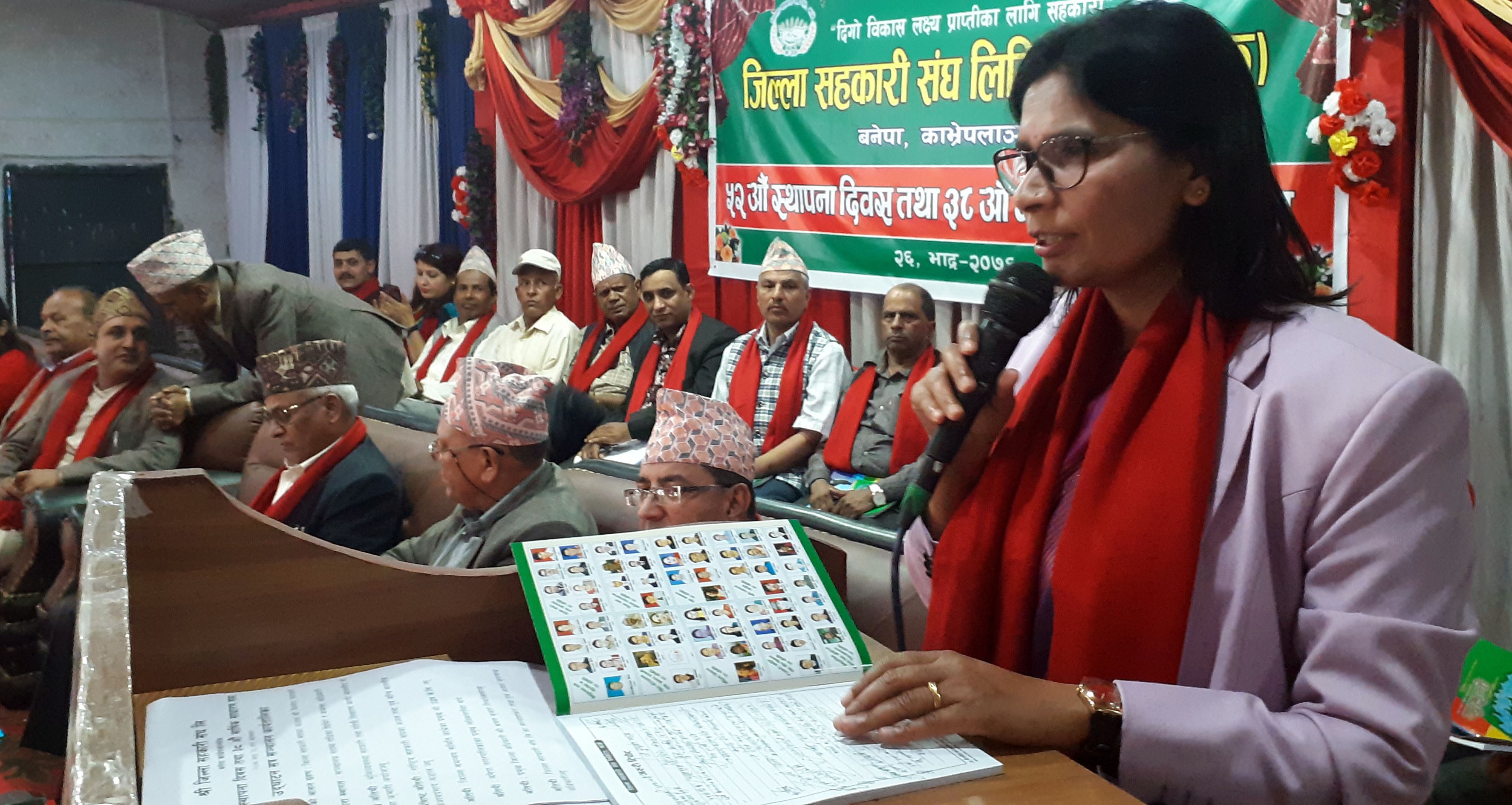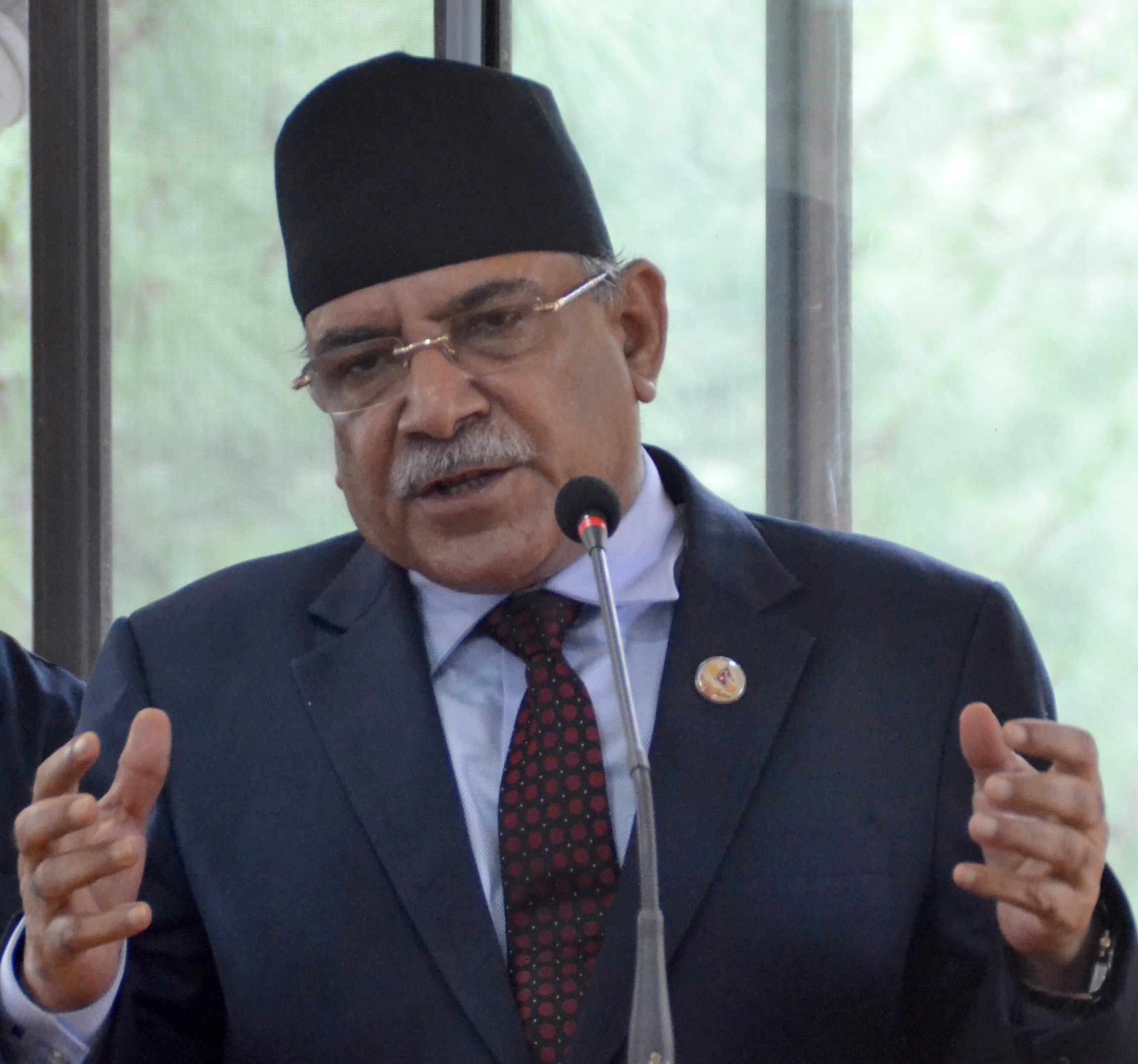Qualitative rise in electricity demand, expected to reach 2K megawatts by coming mid-July

By Ramesh Lamsal, Kathmandu, Dec. 19: The demand for electricity has increased significantly in the domestic market, thanks to effective policy, practical action plans among other incentives. Electricity demand is found increasing by 20 per cent every year on average, Nepal Electricity Authority (NEA), the country's power utility, said.
According to NEA, the internal demand for electricity has suddenly increased due to the steps taken to increase the electricity demand and the increase in the cold. The peak demand for electricity this year has increased compared to the previous year and it is in the range of 300 megawatts. NEA has adopted the policy of promoting the use of electric appliances and providing to the industries the quantity of power required by them with the aim of increasing the domestic consumption following the surplus of electricity.
It is found that the use of electric home appliances as induction cooking tops, air condition, etc. has increased. Similarly, although the process of construction of charging stations has not moved forward at the government level, such stations are being constructed through private sector initiatives. This has also helped in the growth of electric vehicles. The big industries have been supplied with electricity as per their demand and this has helped enhance their production capacity.
NEA has provided 30 megawatts of electricity to Hongshi Cement Industry, the largest cement factory in the country, since the second week of November. Another cement factory with Chinese investment, Huashin Cement Industry, has also taken 20 megawatts of electricity.
Electricity demand capacity both in terms of megawatts and energy units is found increasing. For instance, the peak demand in the system on December 13 was 1,539 megawatts whereas the peak demand on the same day last year was 1,217 megawatts – an increase of 322 megawatts. On this basis, the peak demand for electricity has increased by 26.5 per cent this year compared to the demand on the same date last year.
In order to meet the peak demand for electricity on December 13, NEA had managed 540 megawatts of electricity from its powerhouses, 529 megawatts from the powerhouses of its subsidiary companies, and 425 megawatts from the private sector powerhouses, and imported 25 megawatts from India. Four megawatts of electricity were exported to India even during peak time on that date.
Likewise, electricity demand has also increased suddenly in the Kathmandu Valley and surrounding regions where there is high electricity consumption. The highest demand in Kathmandu Valley has increased by around 90 megawatts. The peak demand in the Valley last year was 293 megawatts and it has gone up and reached 382 megawatts. This shows that the demand for electricity has risen notably in the Kathmandu Valley as well. The use of electric cooking tops has increased in the Valley.
On the basis of the energy demand, the electricity consumption was 27.2 million units on December 13, which is 28.65 per cent more compared to the 21.1 million units on the same day last year.
Recent News

Do not make expressions casting dout on election: EC
14 Apr, 2022
CM Bhatta says may New Year 2079 BS inspire positive thinking
14 Apr, 2022
Three new cases, 44 recoveries in 24 hours
14 Apr, 2022
689 climbers of 84 teams so far acquire permits for climbing various peaks this spring season
14 Apr, 2022
How the rising cost of living crisis is impacting Nepal
14 Apr, 2022
US military confirms an interstellar meteor collided with Earth
14 Apr, 2022
Valneva Covid vaccine approved for use in UK
14 Apr, 2022
Chair Prachanda highlights need of unity among Maoist, Communist forces
14 Apr, 2022
Ranbir Kapoor and Alia Bhatt: Bollywood toasts star couple on wedding
14 Apr, 2022
President Bhandari confers decorations (Photo Feature)
14 Apr, 2022
